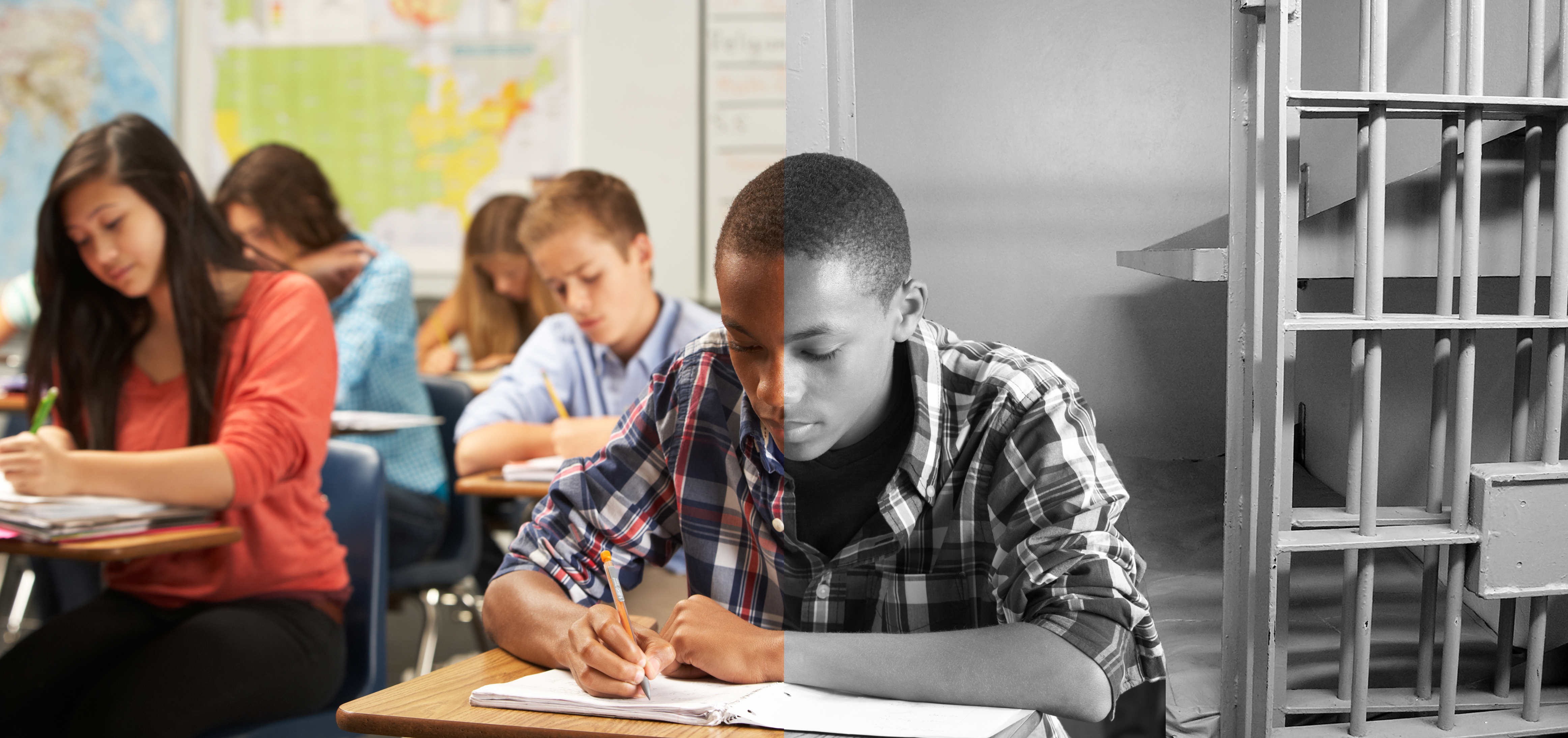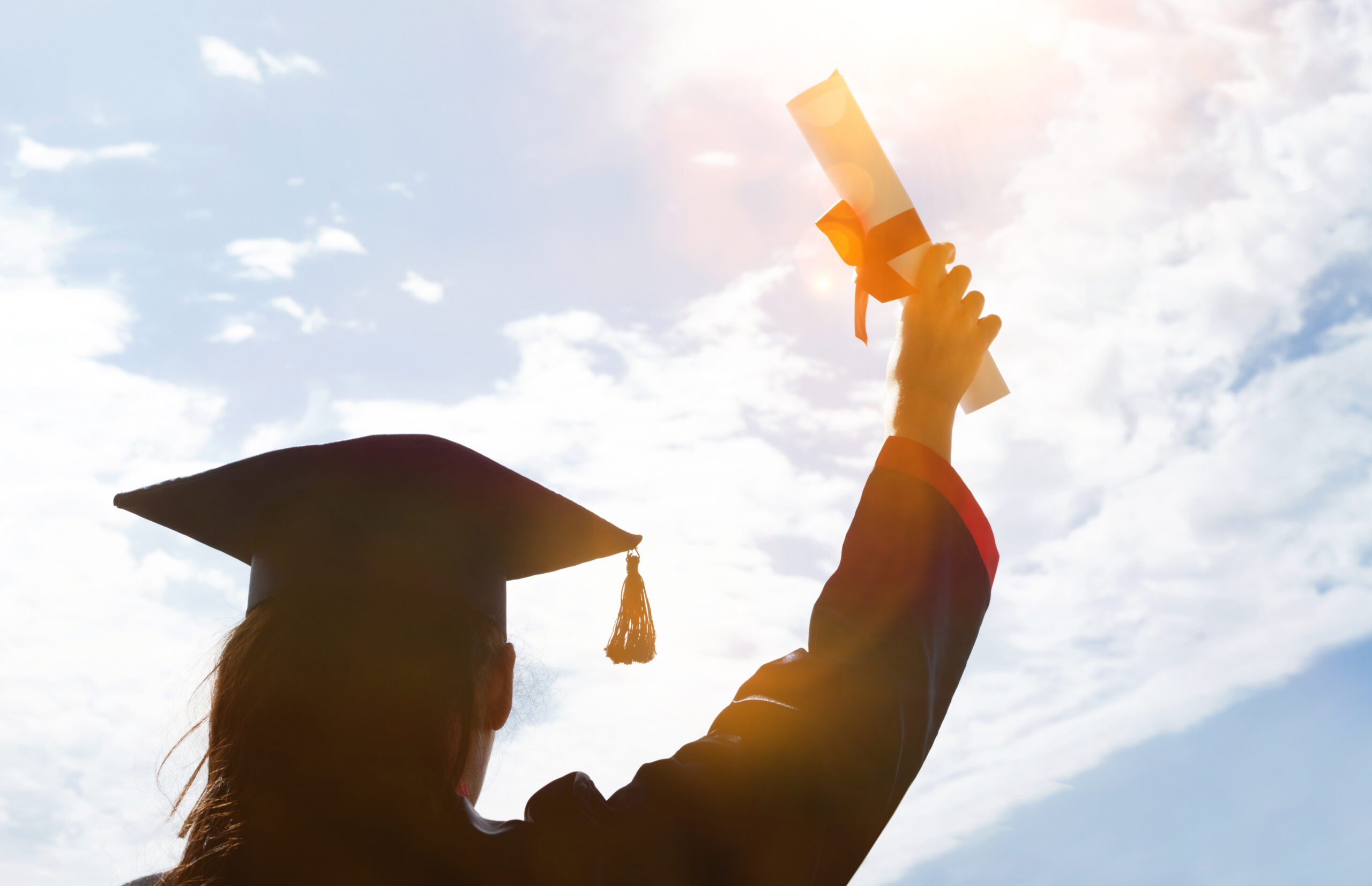“In these days, it is doubtful that any child may reasonably be expected to succeed in life if he is denied the opportunities of an education. Such an opportunity, where the state has undertaken to provide it, is a right that must be made available on equal terms.”
– Chief Justice Earl Warren, Brown v. Board of Education (1954)

FRESNO, Calif.– It was during my sophomore year of college when I first heard the news. For a research project that turned into a classroom presentation, my partner and I were supposed to pick an important societal issue to tackle that is relevant to the state of California and our local communities. We chose to evaluate the prison industry in comparison to the schools system.
A huge issue — so where did we start?
Upon researching the issue, I found out that since 1980, California had built just one University and 22 prisons. During this time, I also found out that, on an annual basis, California had spent $9,100 per student in the public school system and $62,300 per inmate – which is funded through tax dollars.
Is this really how Americans want to spend their hard-earned money? Maybe.
After evaluating the information I could not help but realize how wrong and inadequate it seemed.
I already knew the legal system had it out for people of color, but then I realized it was just not as simple as just locking up bad guys who happened to be black or brown, but that the industry is consistently targeting a specific population with the intention of making a fortune for privately owned entities.
This seemed a little unjust to me. Not only were they filling up these privatized prison facilities at the expense of black and brown lives, but they also just couldn’t seem to diversify the prison population with white people, who committed very similar crimes.
According to a study titled, “Racial Disparity in Federal Criminal Charging and Its Sentencing Consequences,” black Americans receive almost 60% longer prison sentences than white Americans who committed the same crime. The study covered 58,000 federal criminal cases and found that there was a significant difference between the sentences given to black people than to those given to white people.
Now that stings!
Though it has been ingrained in my mind that people of color have historically never received fair treatment in the legal system in comparison to whites, it is still troubling to know that people of color will always get a harsher and more sustaining prison sentence than their white counterparts on top of being unjustly targeted by law enforcement.
An Article published in the Vanity Fair said, “In Chicago, a 2016 Police Accountability Task Force report found that ‘black and Hispanic drivers were searched approximately four times as often as white drivers, yet [the Chicago Police Department’s] own data show that contraband was found on white drivers twice as often as black and Hispanic drivers.’”
Anytime specific demographics are disproportionately experiencing something dire that the rest of the population is not, it usually indicates a much deeper issue that stems far beyond the surface. This also means it cannot easily be changed.
I always wondered how many black and brown folks would have to go through the same vicious cycle of degradation, incarceration and dehumanization generation after generation. It seems like people in power would rather feed a beast system that devours communities of color than to invest in a better future for all people.
Obviously, adequately educating inner city kids that can go on to wear uniforms and suits is more positive for the future than setting them up to wear orange jumpsuits and shackles. If only the taxpayers’ money was properly invested in educational programs and curriculums – and less in privatized prisons – then the American dream could be made available to millions more.
According to the article “Education vs. Incarceration, “More than a billion dollars are spent every year to incarcerate people from these communities. At the same time, as of spring 2010, the Los Angeles Unified School District was projecting a deficit of $640 million in the 2010-11 academic year. As a result, district officials were planning to raise class sizes and lay off thousands of teachers and other school-based staff.”
If lack of a good education correlates with poverty and crime, then why are there so few resources to stop the vicious cycle? And why does this vicious cycle disproportionately affect people of color?
“Fact Sheet: How Bad is the School to Prison Pipeline” agrees saying, “The school-to-prison pipeline: an epidemic that is plaguing schools across the nation. Far too often, students are suspended, expelled or even arrested for minor offenses that leave visits to the principal’s office a thing of the past. Statistics reflect that these policies disproportionately target students of color and those with a history of abuse, neglect, poverty or learning disabilities.”
I guess the almighty dollar continues to rule the earth, and North America, because the multi-billion dollar prison industry continues to rake in billion dollar profits. Cheap labor forced upon prisoners is what drives the revenue. Millions of Americans, who are almost exclusively black or brown, working for cents on the dollars is a form of modern-day slavery.
It is no wonder that our stop-and-frisk laws have been accused of being a way to help meet “quotas.” More bodies equate to more production and profit.
And then there is the lack of rehabilitation for ex-inmates, which only fuels and breeds repeat offenders. Especially considering the laws surrounding felons, like no government assistance and increased difficulty landing honest employment. Repeat offenders equate to repeat business for prison industries.
America seems to be the only place where criminalization of a certain demographic of the population seems to be supported, reinforced and normalized. We must break away from this toxic system, eradicate its injustices and give everyone regardless of socioeconomic class or ethnicity an equal chance of achieving the American dream.
And that very first step begins with setting differences aside and seeking to mend a broken part of the population. That very first step is investing in education.
In many regards, education is the vehicle for socio economic progress and societal development, so why wouldn’t we want the very best and brightest representing America?
SCHOOLS NOT PRISONS!


